|
|
|
|
The profile of Africa’s baobab trees has achieved iconic status in many parts of the world. But there are features of the trees, particularly how much fruit they bear, that have remained a puzzle. In particular, why do some produce only a few fruits each year, even though they flower profusely? Glynis V. Cron, Ed Witkowski, Kelsey Glennon and Sarah Venter are able to shed new light on the apparent contradiction. They found that the flowers of trees that produce more fruit had better developed female reproductive organs. And the trees that did not produce much fruit had flowers with more prominent male parts. They argue that both types of trees
should be protected for the survival of baobab populations.
All over the world, people with albinism face multiple forms of discrimination. Much of this is born out of stigma due to their appearance – albinism is an inherited condition that results in a lack of melanin, resulting in very pale skin, hair and eyes. In Tanzania, the stigma is life threatening. Local myths mean people with albinism are attacked, sometimes killed, for their body parts, which are said to bring good fortune. Tjitske de Groot lays out various strategies that can be used to change attitudes and improve knowledge, reducing stigma towards people with albinism.
|
Nontobeko Mtshali
Education Editor
|

|
|
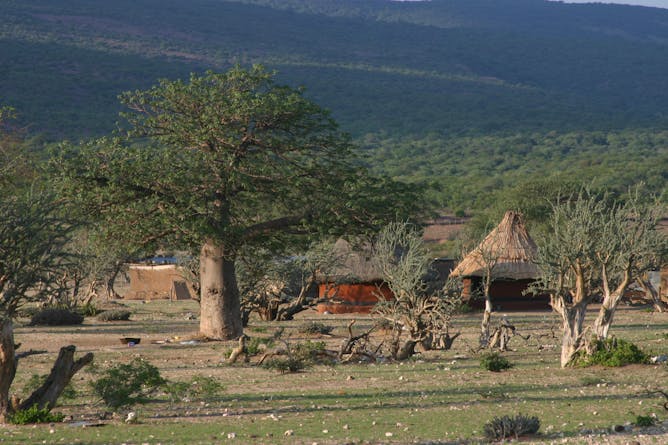
Researchers crack the conundrum about why African Baobab trees in southern Africa differ in terms of fruit production.
Sarah Venter
Glynis V. Cron (married name: Goodman), University of the Witwatersrand; Ed Witkowski, University of the Witwatersrand; Kelsey Glennon, University of the Witwatersrand; Sarah Venter, University of the Witwatersrand
Baobab flowers have male and female parts but individual trees appear to be favouring one rather than the other. To keep tree populations healthy and fruitful, both types are needed.
|

Mr Albinism Kenya Jairus Ongetta (L) and Miss Albinism Kenya Loise Lihanda pose at the Mr and Miss Albinism East Africa pageant.
YASUYOSHI CHIBA/AFP via Getty Images
Tjitske de Groot, Vrije Universiteit Brussel
Because of their appearance, people with albinism in Tanzania are often socially excluded and frequently (and sometimes violently) discriminated against.
|
Health + Medicine
|

Dr Velisha Ann Perumal-Pillay, University of KwaZulu-Natal
A successful rollout isn't just about the physical points where people can get the vaccinations. It's also about having a trained workforce to administer them.
| |

Glenda Mary Davison, Cape Peninsula University of Technology
The reasons for the hesitancy to donate blood are complex and include a fear of needles and lack of awareness. Awareness and education drives to dispel the fear of donating are important.
|
|
|
Politics
|
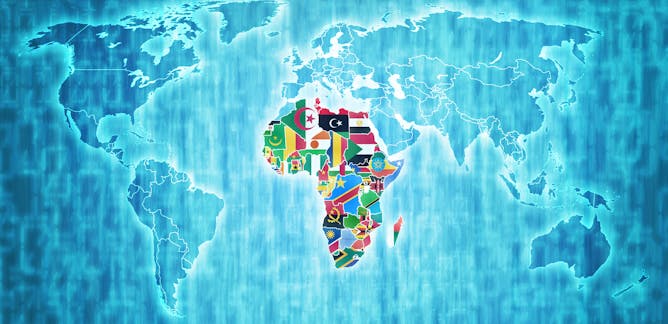
John J. Hogan, University of Groningen
Formation of the African Union shows how social context is important in international negotiations.
| |
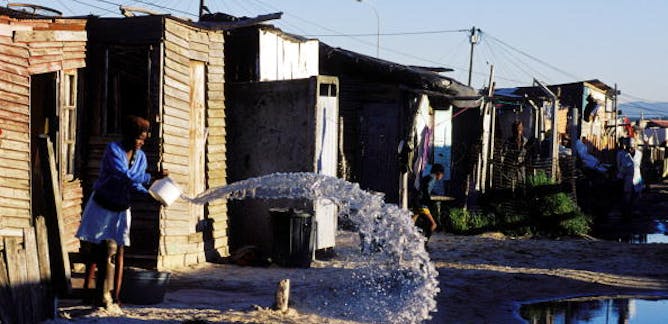
Steven Friedman, University of Johannesburg
The new governing elite mistakenly believes that the goal of a democratic South Africa is simply to extend to everyone what whites enjoyed under apartheid.
|
|
|
From our international editions
|

Ingrid Harvold Kvangraven, University of York
It has consequences for everything from voting rights at the IMF to international borrowing costs.
| |

Mark James Carroll, Liverpool John Moores University; Colum Cronin, Liverpool John Moores University; Simon J Roberts, Liverpool John Moores University
The images projected to fans of the sport have always been intentional. Here's what they do to keep people onside.
|
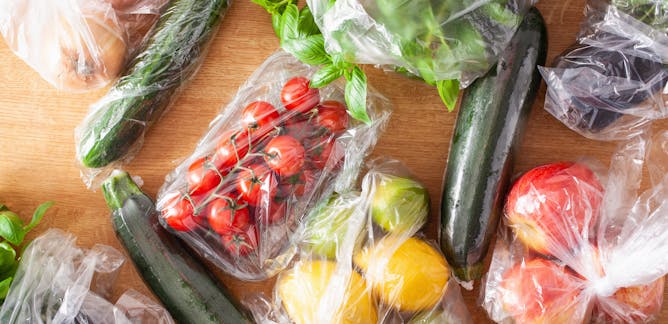
Hom Dhakal, University of Portsmouth
The film is similar to other plastics, but it can be composted at home.
| |

Jing Sun, University of Michigan
If shipping were a country, it would rank between Japan and Germany as the sixth-largest contributor to global carbon dioxide emissions.
|
|
|
En français
|
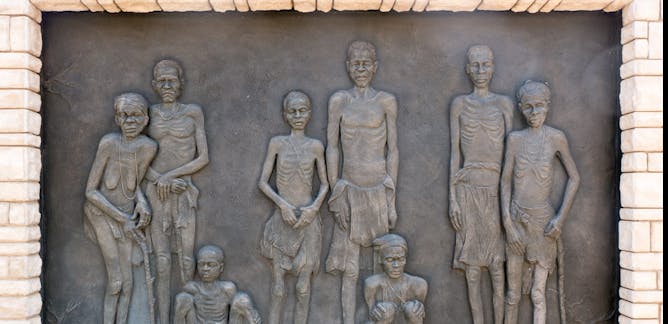
Reinhart Kössler, University of Freiburg; Henning Melber, University of Pretoria
L’Allemagne a présenté ses excuses à la Namibie pour le génocide de 1904-1908, et promis de verser des réparations. Cette page tragique de l’Histoire n’est pas refermée pour autant.
| |

Massil Benbouriche, Université de Lille
Les personnes victimes de violences sexuelles privilégient un soutien « informel ». D’où l’intérêt de former, ou du moins de sensibiliser, à la réception de cette parole.
|
|
|
| |
| |
| |
| |

|
| |
| |
| |
Featured events
|
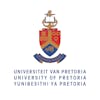
|
University Road, Hatfield, Gauteng, 0083, South Africa — University of Pretoria
|

|
Wits University, 1 Jan Smuts Avenue, Johannesburg, Eastern Cape, 2050, South Africa — University of the Witwatersrand
|

|
4th Floor, Johannesburg Business School, Cnr Barry Hertzog Ave and Empire Road, Milpark, Johannesburg, Gauteng, 2092, South Africa — University of Johannesburg
|
|
|
|
| |
| |
| |
Would you like to republish any of these articles?
|
|
It’s free to republish, here are the guidelines.
Contact us on africa-republish@theconversation.com in case you need assistance.
|
| |
| |
| |
| |
|
|
|
|
|
|
|